African Violets
The African Violet, often rotting because of too much water. Pour the water into the flowerpot plate and after 30 minutes, pour the water out of the plate because it will absorb enough for that period. This plant loves indirect light and in the winter her leaves can drop if the room air is dry.
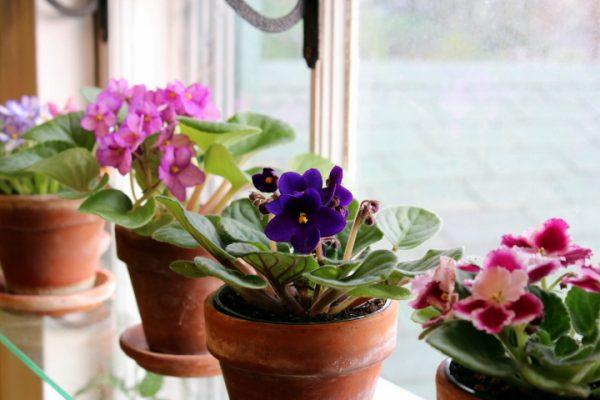
Anthurium
Need a lot of light, heat, and moisture and should always be protected from direct sunlight. The temperature of the room in which you hold the Anthurium should not be less than 15 degrees. Wipe leaves regularly from dust with a damp cloth and never use milk or beer or any artificial means to shine the leaves. You can multiply it by dividing the plant turf into two pots.
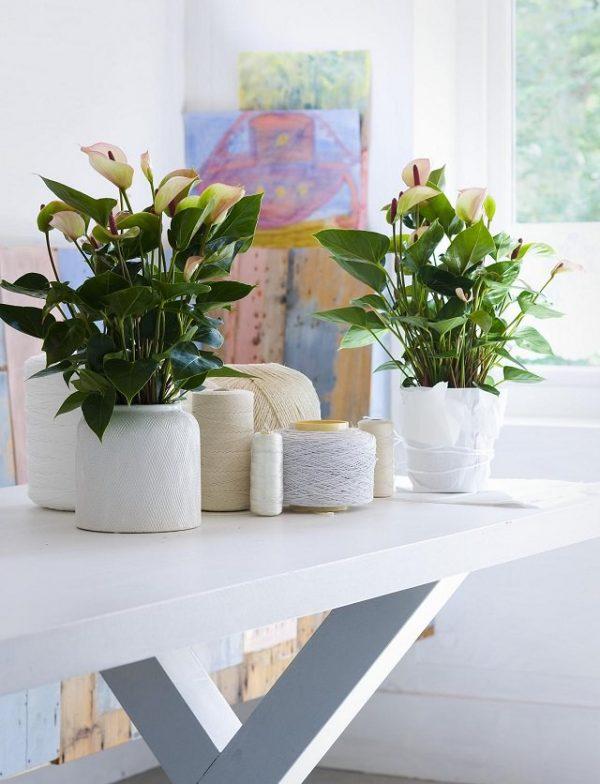
Begonia
Begonia doesn’t like dark places. This plant requires good air circulation, a warm place, but not direct sunlight and high humidity. It should be watered abundantly, but be careful to not wet the leaves and flowers.
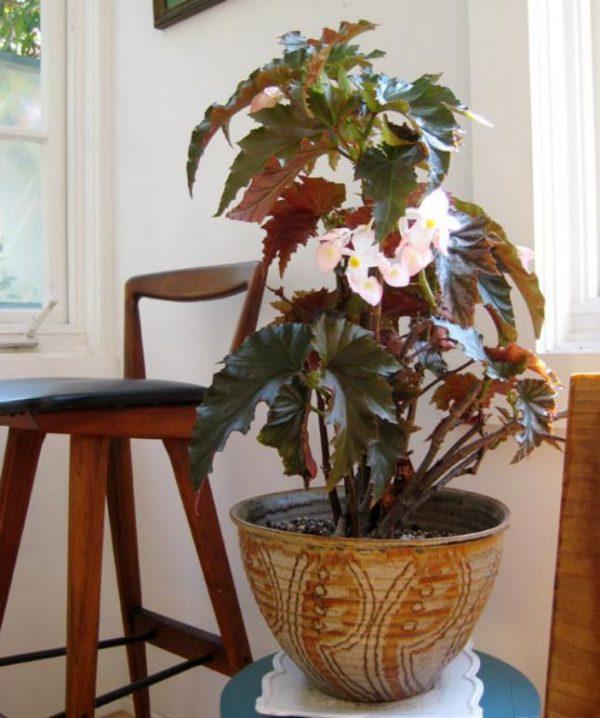
Cactus
As a rule, cactus is not demanding, but keep them in the room with the most daylight during the winter months. If your dream is your cactus to bloom in the spring, do not water it, except when the apartment is too warm. This rule doesn’t apply to Christmas cactus, which enters the flowering season during the winter.
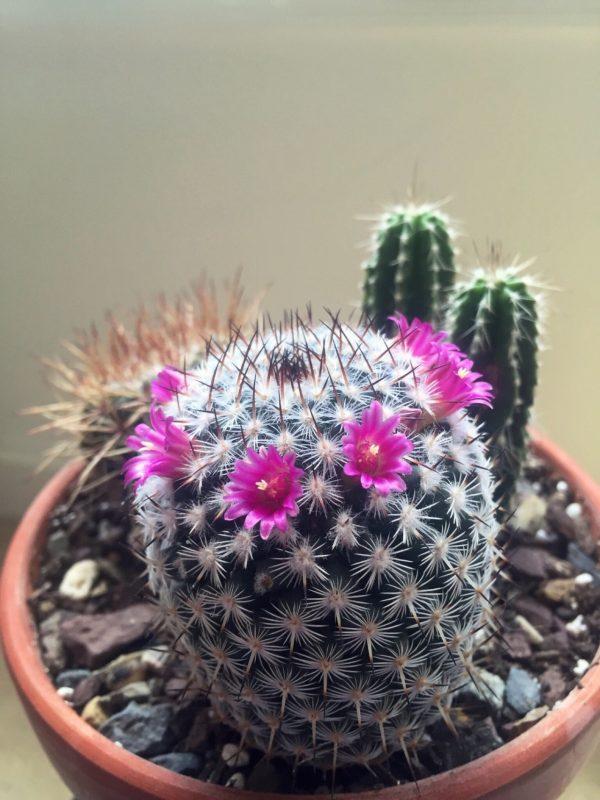
Christmas Star
The Christmas Star loves hummus with a bit of sand and is looking for a lot of light. Irrigate it over the flower pot plate.
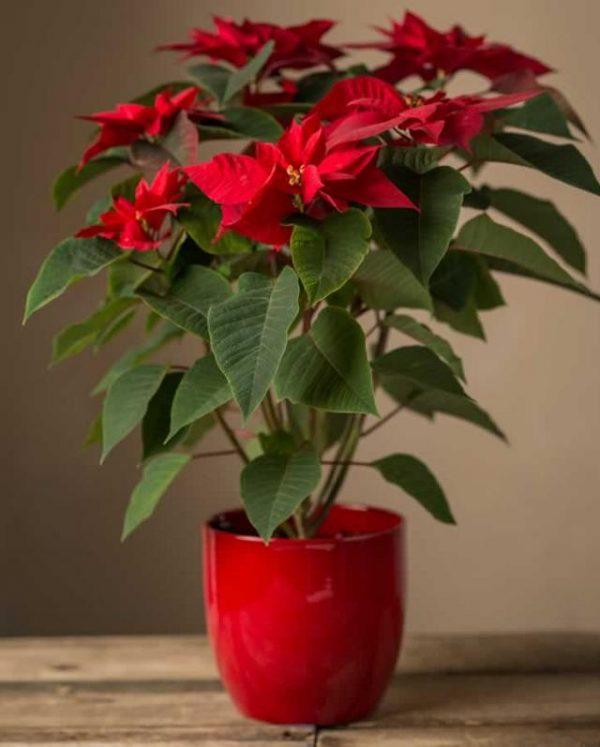
Cyclamen
Keep it in a light place in moist soil until it begins to grow, and then water it only when the leaves are slightly drooping. Cyclamens please the bright places and the temperature from 13 to 18 degrees. Supplemental feeding should be made every three weeks. If you nurture it carefully, it will brighten winter days with its flowers.
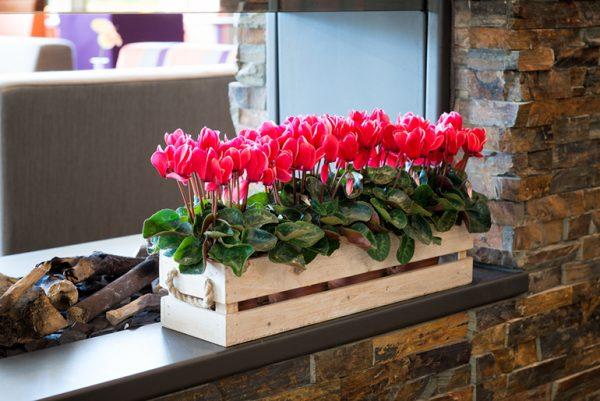
Dracaena
The herb is chosen by many of us because it is quite resistant, however, it is the most common to fade in winter due to too much watering. This is the plant with soft and curled green or reddish leaves. It can grow from one to three meters tall. It grows slowly but is long-lived. The best place for the plant is a bright room, away from direct sunlight. The ideal temperature for growth is from 17 to 27 degrees, and during the winter it can be slightly lower. In winter, watering should be reduced.
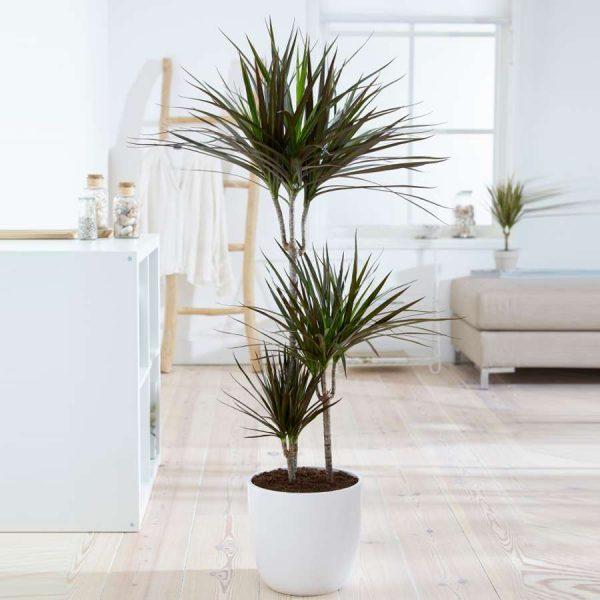
Ficus
Ficus is the most common plant in our homes, and in order to keep the leaves in the winter, you need to provide enough sunlight. Loves moisture and heat. It can withstand high temperatures but the soil must be moist and permeable.
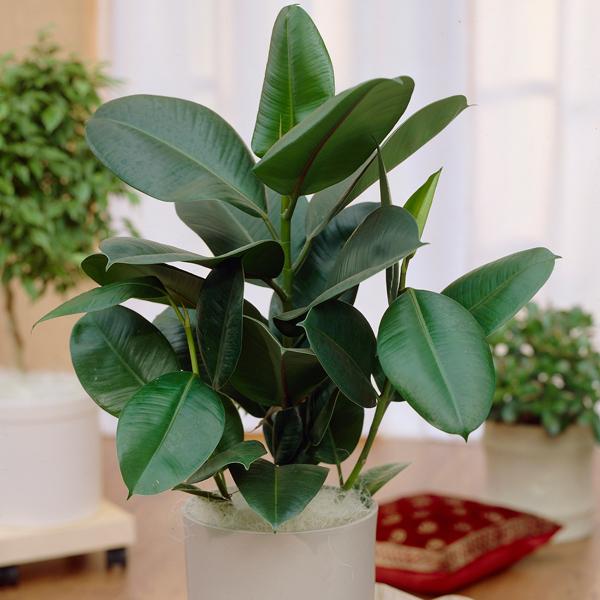
Gloxinia
If you want a plant that has irresistible, bell-shaped flowers in the most beautiful colors then Gloxinia is for you. Gloxinia needs a place with a lot of light but not direct. Water it only during the flowering season, every three to four days. Pour the water into a flowerpot plate, and after a few hours throw away excess water.
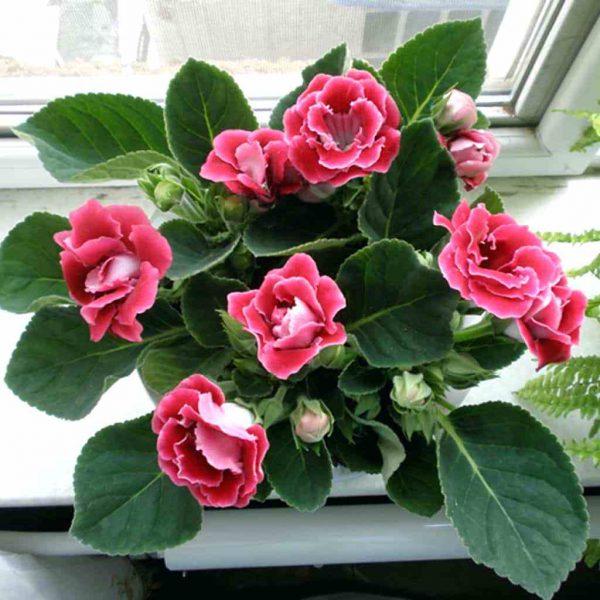
Orchids
If they spend the summer outdoors, it’s time to bring them into the house. Keep the plant on a plate with wet stones, be careful the soil in the pot always to be barely wet. In order to bloom beautifully, it needs plenty of light, but not direct sunlight. Supplemental feeding should be made once a month with means for flowering plants. Orchids love warmth but not too high temperatures. Dangerous for the plant is high temperatures and low humidity, or vice versa. The cold will cause the leaves to fall and appearing yellow leaves.
